Packaging has evolved far beyond the simple function of protecting products during transport. In the age of social media unboxing videos, demanding eco-conscious consumers, and fierce retail competition, innovative packaging has emerged as a powerful driver of brand differentiation and perceived value. According to data from Meyers, the global packaging design services market stands at $24.63 billion in 2023 and is projected to reach $32.42 billion by 2030. These figures reflect the growing recognition that packaging design isn’t just an afterthought—it’s a strategic investment.
Moreover, 72% of consumers report that packaging design influences their purchase decisions (Disk.com). In other words, packaging can quietly communicate your brand story, values, and quality, persuading potential customers to pick your product from a crowded shelf or e-commerce page. Below, we’ll dive into what makes packaging “innovative,” how it benefits your brand, and the crucial steps to designing solutions that truly elevate your market presence.
The Importance of Innovative Packaging in Brand Enhancement
Packaging is often the first physical interaction a consumer has with your brand. Whether it’s a quick glance in the grocery aisle or an unboxing experience shared online, packaging sets the tone and can make a lasting impression. As e-commerce continues to grow and consumers become more discerning, the market for innovative packaging has never been more relevant.
Context and Market Trends
- Market Size and Growth
According to Meyers, the packaging design services market is expected to grow from $24.63 billion (2023) to $32.42 billion (2030). This aligns with shifting consumer attitudes that place higher value on aesthetic appeal, uniqueness, and eco-friendly credentials. - Consumer Influence
Around 72% of buyers state they are influenced by packaging design when deciding on a product. This statistic underscores the idea that well-thought-out packaging can significantly tip the scales between a sale and a missed opportunity.
By marrying functionality, visual appeal, user experience, and brand storytelling, packaging becomes a strategic extension of your brand—one that can capture consumer attention and loyalty in an oversaturated marketplace.
Understanding Innovative Packaging Design: Definitions and Concepts
Innovative packaging goes beyond merely being visually striking. It incorporates a combination of user-centric design, sustainability, technology integration, and brand strategy.
- User-Centric Design: Packaging that’s convenient, intuitive, or even playful, encouraging repeated engagement.
- Sustainability: Using eco-friendly materials, minimal waste formats, and processes that appeal to environmentally conscious consumers.
- Technology Integration: Leveraging QR codes, NFC tags, or augmented reality to enhance consumer interaction and brand storytelling.
- Brand Strategy: Ensuring each design element—from color to shape—reflects core brand values, mission, and positioning.
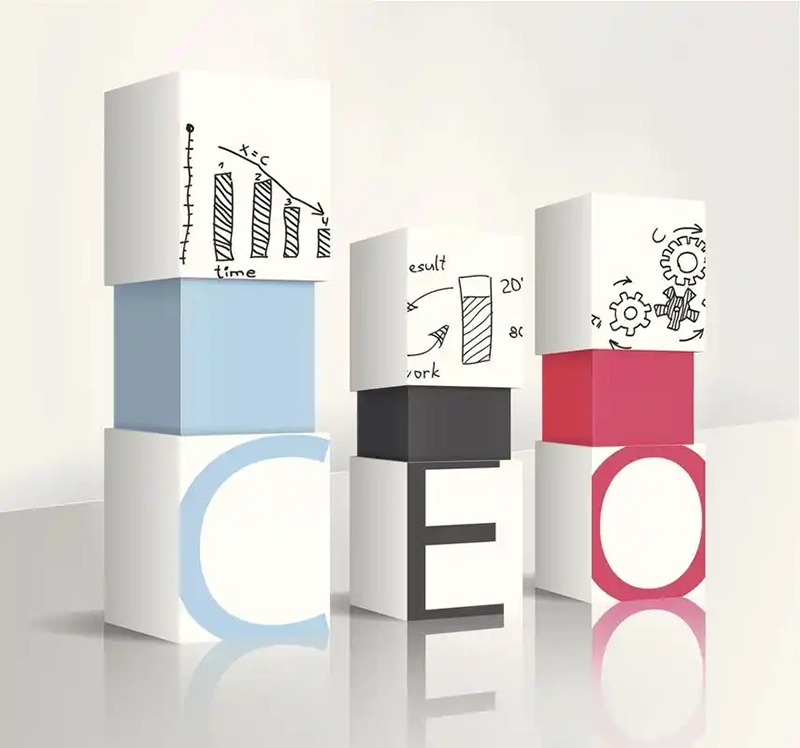
Essentially, innovative packaging is the product of creative thinking, leveraging advancements in materials science and technology to solve real consumer problems or provide new experiences. It’s packaging that sparks curiosity, convenience, or conversation.
Key Elements of Innovative Packaging Design
Although the scope of innovation can vary widely, a few foundational elements are key to any successful packaging design:
Visual Identity and Branding
- Color Psychology: Choose shades that resonate with your brand persona and target audience.
- Typography and Logo Placement: Keep essential design elements cohesive with broader branding efforts.
- Storytelling Graphics: Use illustrations or icons that quickly convey product benefits and brand narrative.
Structural Ingenuity
- Unique Shapes: Eye-catching box forms, contour wraps, or nested compartments can amplify interest.
- Multiuse Components: Designs allowing reusability or added functionality (e.g., turning a package into a container or display).
- Collapsible Builds: Facilitates easy storage and shipping while reducing cost and environmental impact.
Material Selection
- Eco-Friendly Papers: Recycled kraft, FSC-certified stocks, or seed-infused papers.
- Plastics, Glass, or Bioplastics: Weigh durability vs. environmental cost, considering end-of-life disposal.
- Tactile Elements: Soft-touch coatings, embossed surfaces, or textured laminates for sensory appeal.
Creating Memorable Unboxing Experiences
Unboxing experiences have become almost an art form, especially within the e-commerce and subscription box realms. A well-orchestrated unboxing can transform a mundane product reveal into a shareable story.
Emotional Connection
- Surprise and Delight: Incorporate small extras like thank-you notes, sample freebies, or hidden compartments.
- Sequential Unpacking: Present items in layers, guiding customers through a discovery journey.
Layering and Storytelling
- Branded Inner Liners: Print brand messages, fun facts, or instructions inside the box lid or flaps.
- Tissue Paper or Fillers: Use color-coordinated or patterned fillers that match your brand aesthetic and add a “wow” factor.
- Hidden Messages: Include quotes, brand mission statements, or insider tips under flaps or within compartments.
Practical Tips
- Personalization: A simple “Welcome back, [Name]!” inside the package can forge a personal link with repeat customers.
- Encourage Social Sharing: A small mention to tag your brand on Instagram or YouTube can organically amplify brand reach.
User-Friendly Packaging Features: Enhancing Customer Experience
In the battle for consumer loyalty, usability often trumps flamboyance. If your packaging is aesthetically beautiful but difficult to open or store, it can backfire.
Ergonomics and Accessibility
- Easy-Open Tabs and Pull Strings: Minimize frustration from overly secure or sealed packaging.
- Large Fonts and Clear Labels: Cater to diverse customer segments, including older adults or visually impaired consumers.
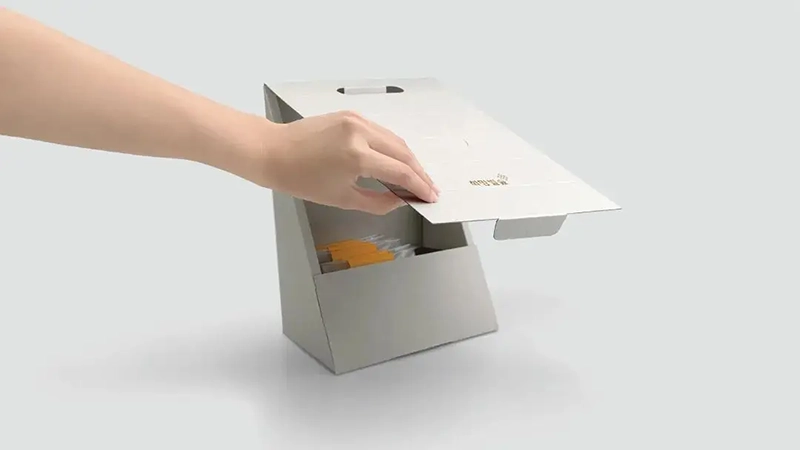
Safety and Convenience
- Tamper-Evident Seals: Reassure users about product integrity, essential for food, beverages, or pharmaceuticals.
- Child-Resistant Mechanisms: Mandated for certain items (like chemicals or medications), ensuring safe household usage.
- Minimal Assembly: Packaging that doesn’t require complicated steps fosters positive brand impressions.
Simplicity vs. Overcomplication
Striking the right balance between functionality and creativity is key. Too many moving parts or layers might hamper the unboxing flow. Above all, avoid adding complexity for complexity’s sake.
The Role of Customization in Packaging Design
Customized packaging resonates more strongly because it addresses specific consumer interests, product variations, or limited-edition promotions.
Personalized Branding
- Names or Messages: Personalizing each box with the customer’s name or a short message can make them feel valued.
- Seasonal Themes: Limited runs—like holiday or event-based packaging—inject novelty and a sense of urgency.
On-Demand Printing
- Small-Batch Production: Digital printing enables cost-effective short runs, perfect for special promotions or partnerships.
- Variable Data Printing: Incorporate unique codes for loyalty programs, region-specific languages, or multi-version marketing campaigns.
Data-Driven Design
- Consumer Insights: Gather feedback or usage data to refine packaging structure or aesthetics.
- Adaptation Over Time: Evolving packaging to mirror shifting consumer preferences or brand expansions.
How Innovative Packaging Drives Brand Value
A brand’s value is derived from consumer perception, loyalty, and the brand’s ability to command premium pricing. Packaging innovations can enhance each of these components.
Consumer Perception and Loyalty
- Quality Cue: Consumers often equate unique, well-crafted packaging with a high-quality product. This can justify higher price points.
- Memorable Experiences: Unboxing or daily usage rituals that delight reinforce brand affinity, fostering repeat purchases.
Competitive Differentiation
- Shelf Presence: In physical retail, an unusual shape or bold color scheme can stand out amid competitors.
- Media Buzz: Press and influencers often spotlight brands with innovative packaging, leading to organic word-of-mouth.
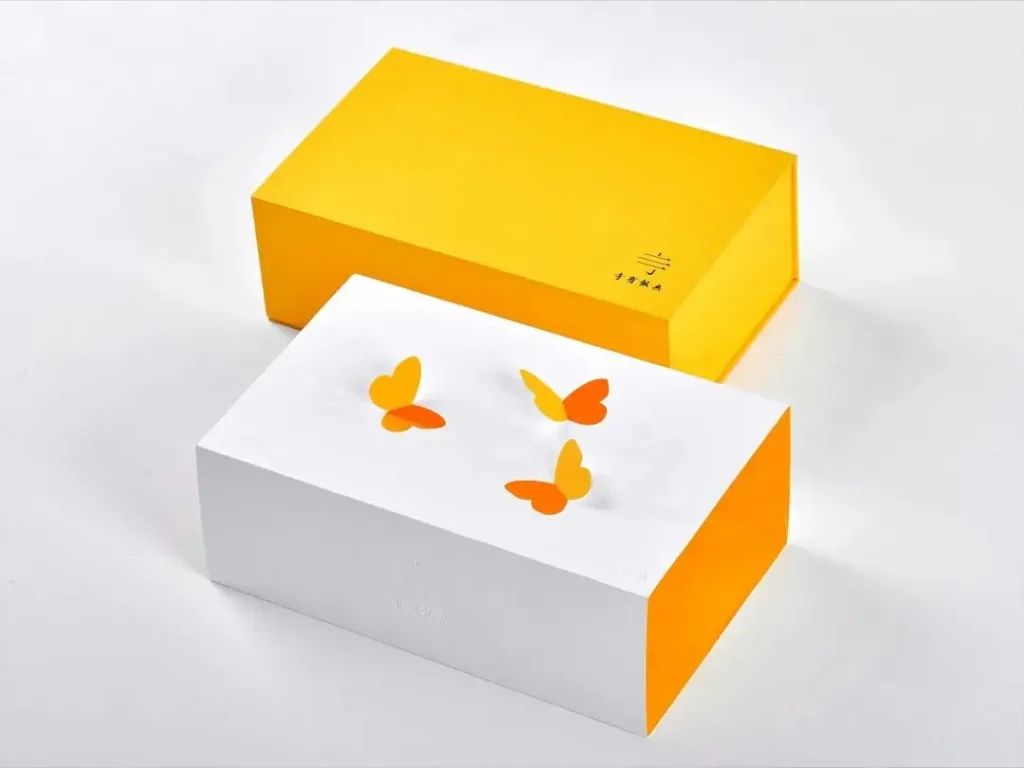
Long-Term Impact
- Brand Equity: Over time, consistently innovative packaging cements your brand’s reputation for originality or consumer focus.
- Evolving Consumer Tastes: Being recognized as a forward-thinking company can future-proof your brand against changing trends.
The Role of Sustainability in Innovative Packaging
Environmental considerations have moved from a peripheral concern to a central aspect of design choices. Consumers increasingly demand accountability, and packaging is often the most visible manifestation of a brand’s environmental stance.
Eco-Materials and Biodegradable Options
- Plant-Based Plastics: Polylactic acid (PLA) made from corn starch or sugarcane can degrade more naturally.
- Recycled Paper Stocks: Use post-consumer content or FSC-certified paper to convey ethical sourcing.
- Compostable Films: Great for certain food items, though shelf life and product safety must be validated.
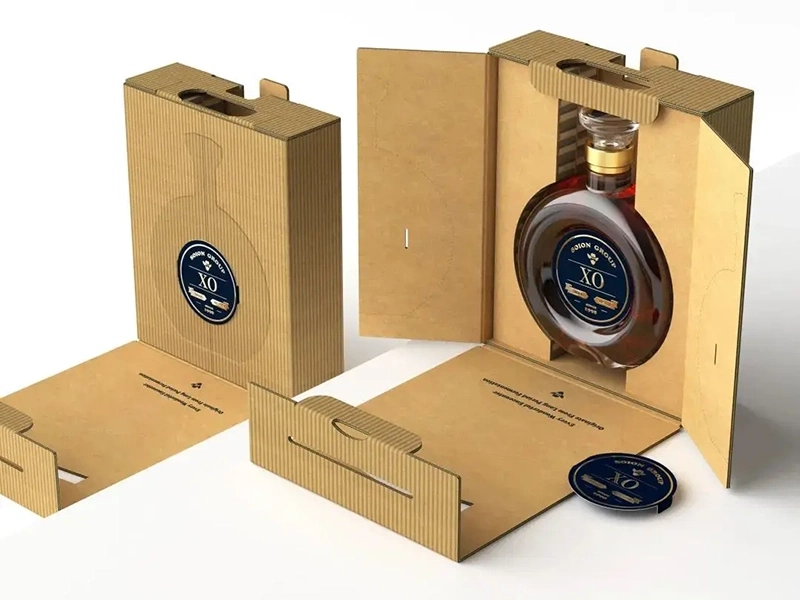
Reducing Carbon Footprint
- Lightweight Materials: Reduce transportation emissions and shipping costs.
- Minimalist Approaches: Fewer layers, smaller footprints, and efficient designs lower environmental impact.
Market Demand for Green Packaging
With 70% of consumers preferring eco-friendly packaging, adopting sustainable solutions not only helps the planet but also strengthens brand loyalty. This synergy of ethics and commerce drives many brands to center packaging innovation around sustainability.
Technological Advancements Transforming Packaging Design
Technology has catapulted packaging from a static container to a dynamic communication channel.
Smart Packaging
- QR Codes and NFC Tags: Instantly direct consumers to brand stories, product manuals, or loyalty programs.
- Temperature Sensors: Ensure product integrity (common in pharmaceuticals or perishable foods).
- Augmented Reality Overlays: Let consumers scan a label to see 3D product demos, interactive stories, or brand messages.
Automation and Custom Printing
- Digital Printing: Enables cost-effective customization, short-run production, and variable data printing.
- Robotics in Assembly: Increases manufacturing precision and speed, opening new structural possibilities.
Edible or Dissolvable Packaging
Though still niche, edible packaging materials (e.g., water-soluble films) exemplify how advanced R&D can unlock new frontiers. Such solutions often suit single-use items like food samples, promising a near-zero waste approach.
Cost-Benefit Analysis of Investing in Innovative Packaging
While cutting-edge packaging inevitably demands a financial outlay, the returns can justify or even exceed those costs.
Upfront Costs vs. Long-Term Gains
- Design Complexity: Hiring specialized agencies or investing in new machinery can be expensive initially.
- Consumer Willingness to Pay: Premium packaging can command a higher price or at least differentiate your product in a manner that drives sales.
- Brand Image Boost: Positive brand associations can be priceless, building long-term loyalty and word-of-mouth marketing.
Value Perception
When a consumer sees packaging that is both functional and beautiful, they may be more accepting of a higher cost—much like paying extra for premium materials in clothing or electronics.
Mitigating Risks
- Prototyping and Testing: Conduct focus groups or pilot launches to ensure your packaging resonates before widespread deployment.
- Collaboration with Vendors: Partner with reliable suppliers experienced in advanced packaging solutions to minimize cost overruns or quality issues.
Case Studies: Brands Successfully Enhancing Value Through Packaging Innovation
Concrete examples help illustrate how varied industries implement innovative packaging to heighten brand appeal, facilitate consumer engagement, and sometimes even reduce environmental impact.
Case Study 1: Stavolta Ice Cream Packaging
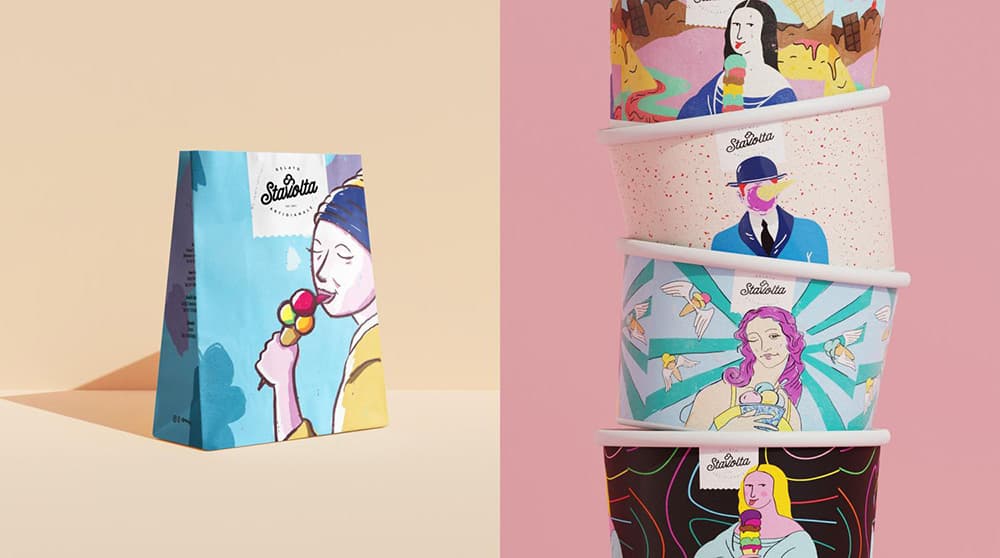
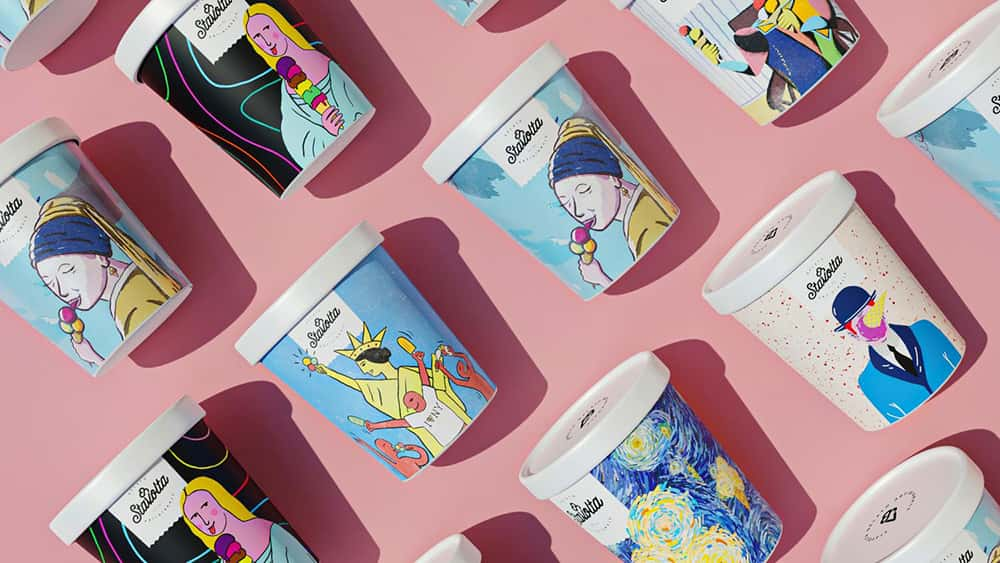
Background: Stavolta, a craft ice cream brand, wanted to expand its retail presence without losing the artisanal vibe.
Packaging Approach:
- Playful, illustrated designs capturing the indulgent spirit of ice cream.
- Shaped containers that stack neatly, optimizing shelf appeal.
Result: Stavolta reported a notable uptick in brand recognition, with customers praising both the visual punch and convenience of the containers.
Case Study 2: RISHI Tea Packaging
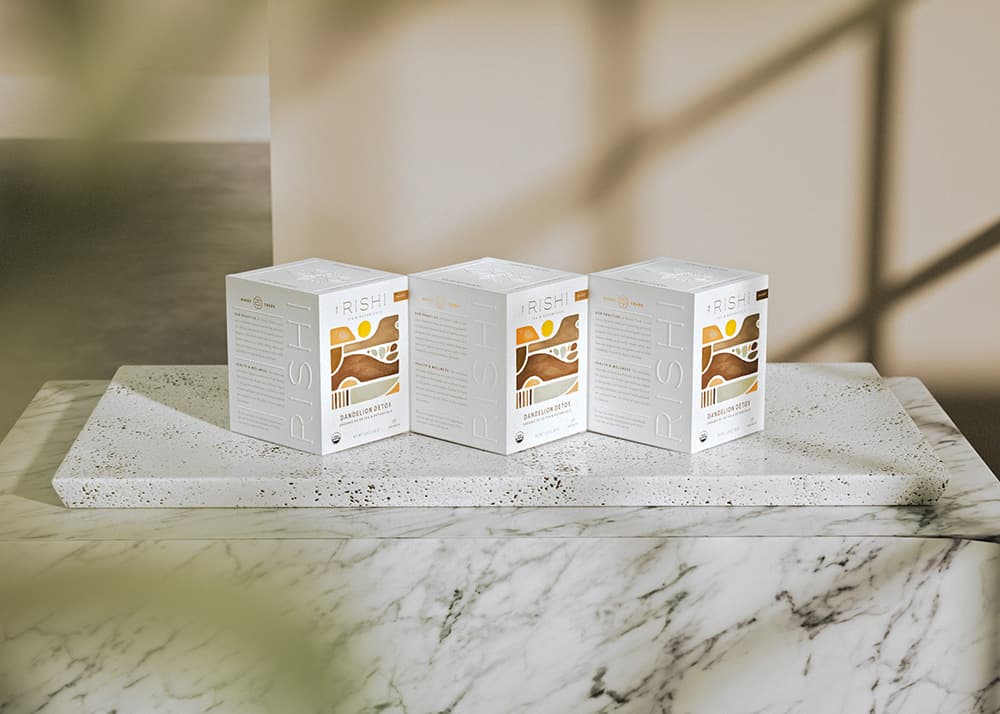
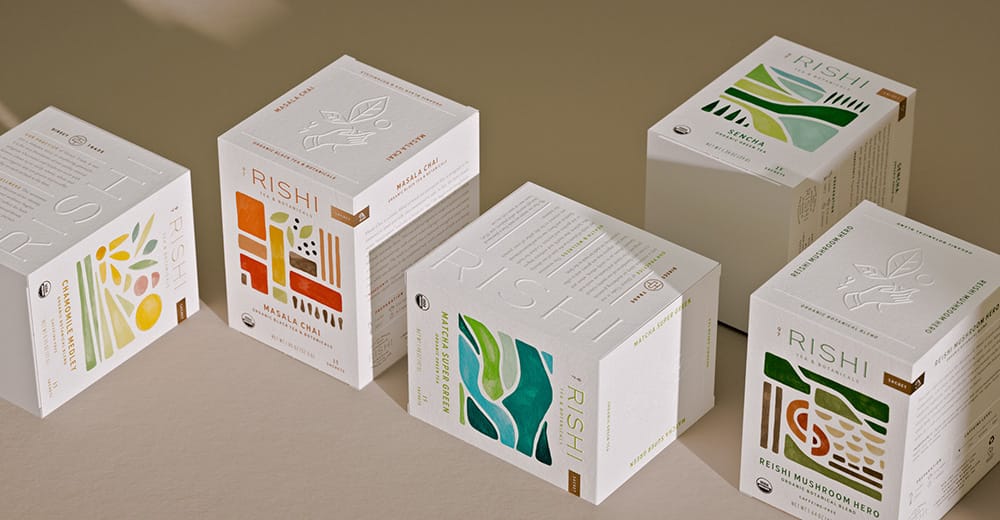
Source: Behance
Background: RISHI, focusing on organic and wellness teas, needed packaging that conveyed purity and a premium nature.
Packaging Approach:
- Minimalist white boxes with embossed patterns reflecting tea leaves.
- Use of subtle color blocks to differentiate flavors while maintaining a unified brand identity.
Result: The design underscores RISHI’s wellness ethos and has garnered positive reviews for its refined, tactile aesthetic—boosting the brand’s credibility in a competitive tea market.
Case Study 3: Argentine Wine Packaging
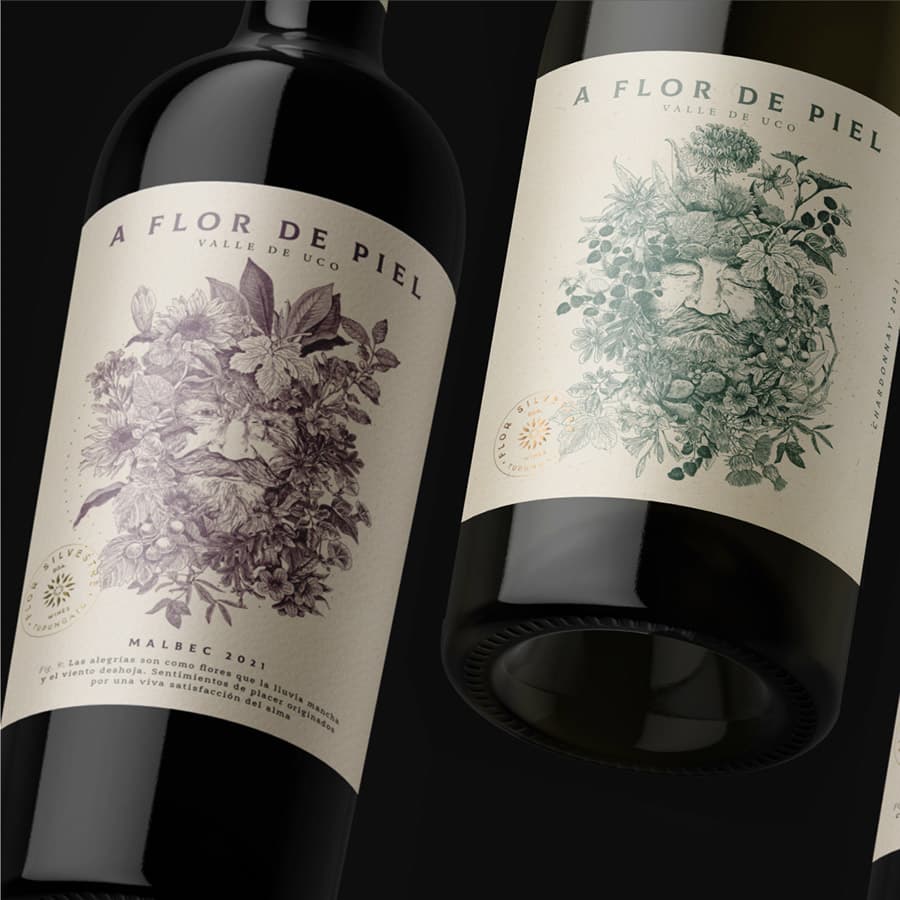
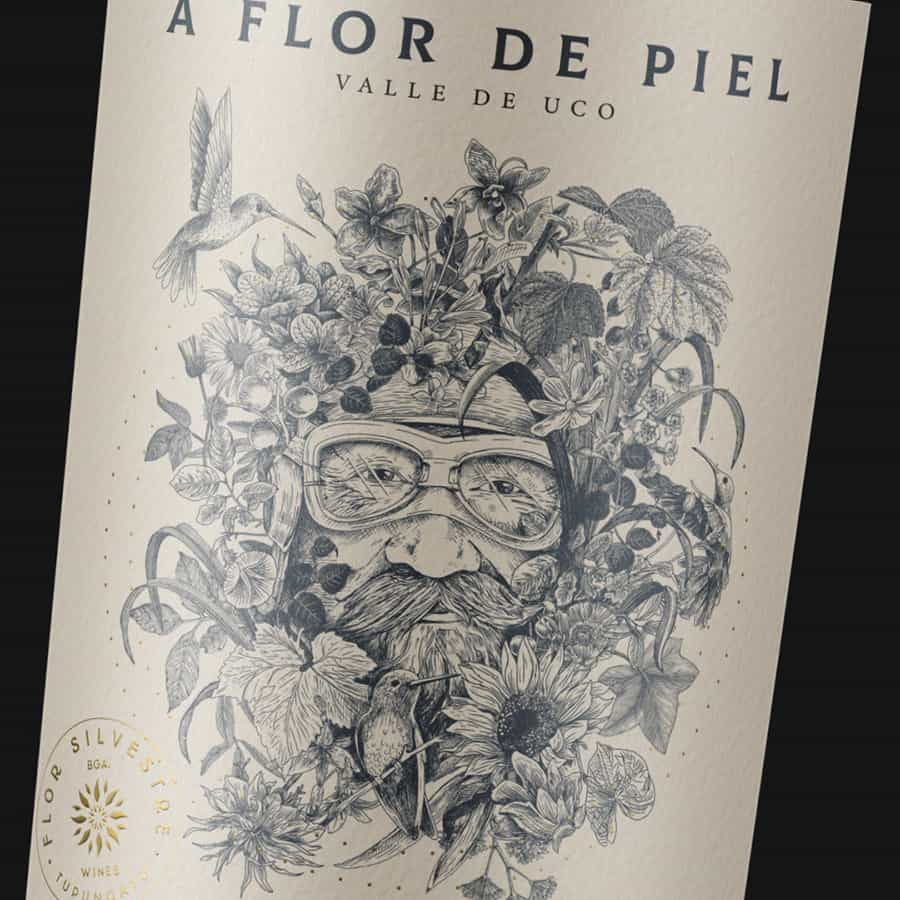
Source: Packaging of the world
Background: A Flor de Piel, a boutique Argentine wine brand, sought to stand out in an oversaturated global wine market.
Packaging Approach:
- Intricate line illustrations evoking flora and fauna, printed on textured paper to reinforce heritage and authenticity.
- Deep, earthy color palettes to connect with the concept of terroir.
Result: The packaging’s sophisticated artistry and tactile feel drew attention from wine connoisseurs and critics, securing shelf prominence in high-end wine shops.
Case Study 4: Absolut Vodka’s Bottle Packaging
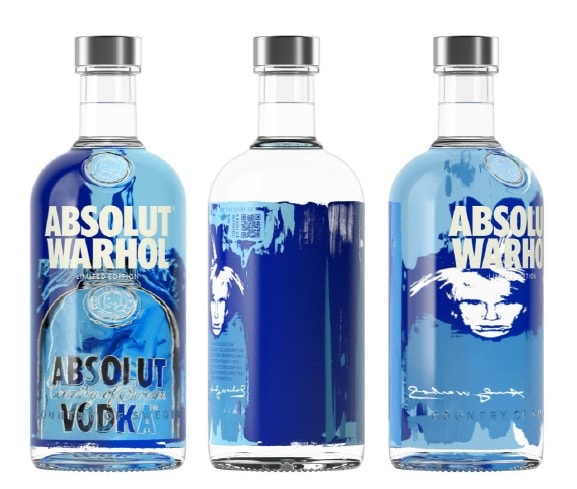
Background: Absolut Vodka, renowned for creative collaborations, consistently updates bottle designs to remain fresh.
Packaging Approach:
- Iconic silhouette, reinterpreted with limited-edition artworks (e.g., Warhol Edition).
- Bold color blocks, transparent windows, or intricate etched patterns.
Result: By leveraging limited-edition bottle designs, Absolut stays top-of-mind, driving collectible appeal and aligning the brand with an innovative, artistic persona.
Trends Shaping the Future of Packaging Design
As consumer expectations escalate and technology advances, the next wave of packaging innovation promises more interactivity, personalization, and eco-consciousness.
Hyper-Personalization
AI-driven analytics help brands tailor packaging elements—colors, text, finishing touches—to individual preferences or purchasing histories. Imagine a coffee brand that dynamically modifies product wrappers based on local climate data or regional tastes.
Augmented Reality and Virtual Experiences
Brands can transform packaging into an interactive portal, letting customers scan labels to unlock 3D animations, behind-the-scenes farm tours, or live Q&A sessions with brand ambassadors.
Dematerialization
Reducing packaging material usage while retaining structural integrity. Thinner but stronger papers, streamlined inserts, or monomaterial solutions that simplify recycling processes are all on the rise.
Design Considerations for Effective Brand-Enhancing Packaging
Even the best packaging concept can flop if it doesn’t align with brand messaging or meets regulatory pitfalls. Consider these design cornerstones:
Consistency with Brand Identity
- Color Palettes: Reflect your brand’s established guidelines.
- Tone and Imagery: If your brand is whimsical, a sleek black-and-white design may confuse consumers. Align visuals with brand personality.
Balancing Innovation and Practicality
- Over-Engineering Danger: Avoid overly complex packaging that confuses or annoys consumers.
- Feasibility Checks: Confirm that manufacturing and shipping cost overheads remain manageable.
Regulatory Compliance
- Food Safety: Ensure materials are FDA-approved or meet local health standards for direct contact.
- Environmental Laws: Some regions have strict guidelines on plastic usage or recycling mandates.
Measuring the Impact of Packaging Innovation on Brand Value
To confirm ROI, you need quantifiable metrics and feedback loops.
Key Performance Indicators
- Sales Lift: Compare pre- and post-redesign sales volumes or revenue.
- Engagement Metrics: Look at social media mentions, unboxing videos, or hashtag usage.
- Consumer Feedback: Surveys gauging satisfaction, brand recall, or packaging usability.
Tracking Methods
- Customer Surveys: Ask direct questions about packaging appeal, convenience, and eco-perception.
- Unboxing Analytics: If you encourage video or photo shares, measure content creation and engagement.
- In-Store Observations: Evaluate whether new packaging design attracts more attention or conversions on the shelf.
Iterative Improvement
Treat packaging innovation as an ongoing cycle: gather data, refine design, re-test, and adapt to evolving trends or consumer demands.
Frequently Asked Questions About Innovative Packaging Design
1. What are the benefits of innovative packaging design?
Innovative packaging not only draws consumer attention but can also boost brand image, encourage repeat purchases, enable premium pricing, and reduce waste.
2. How does packaging affect consumer behavior?
Packaging serves as a powerful silent ambassador, affecting perceptions of quality, trustworthiness, and uniqueness—thus shaping purchase decisions.
3. What are the latest trends in sustainable packaging?
The newest directions include plant-based plastics, minimalist or “zero-waste” designs, and the use of biodegradable, compostable, or fully recyclable materials.
4. How can I create a memorable unboxing experience for my customers?
Focus on strategic layering, personalized messages, interactive elements, and aesthetic flourishes such as branded tissue paper or hidden notes.
5. What role does customization play in packaging design?
Customization helps tailor packaging to consumer segments or individual tastes, fostering deeper emotional connections and brand loyalty.
Conclusion: Elevating Your Brand with Strategic Packaging Innovations
Packaging has evolved into a critical differentiator, where creativity, technology, sustainability, and user-centricity collectively determine how customers perceive and interact with a product. By weaving in brand storytelling, adopting eco-friendly materials, and integrating technology, companies create packaging that isn’t just protective but also powerfully marketable.
As the global packaging design services market grows—heading toward $32.42 billion by 2030—the impetus for brand managers to invest in packaging innovation will only intensify. Whether through hyper-personalized printing, augmented reality, or next-generation biodegradable materials, packaging is poised to become an even more integral part of the product experience.
Brands seeking to remain relevant and profitable must see packaging as a strategic channel rather than a cost center. Embrace robust prototyping and consumer feedback loops. Experiment with new materials and design philosophies. And above all, keep innovating—because in a world where 72% of consumers judge products by their packaging, your box or bottle could be the deciding factor in winning hearts, minds, and market share.
Contact for a Free Consultation!

